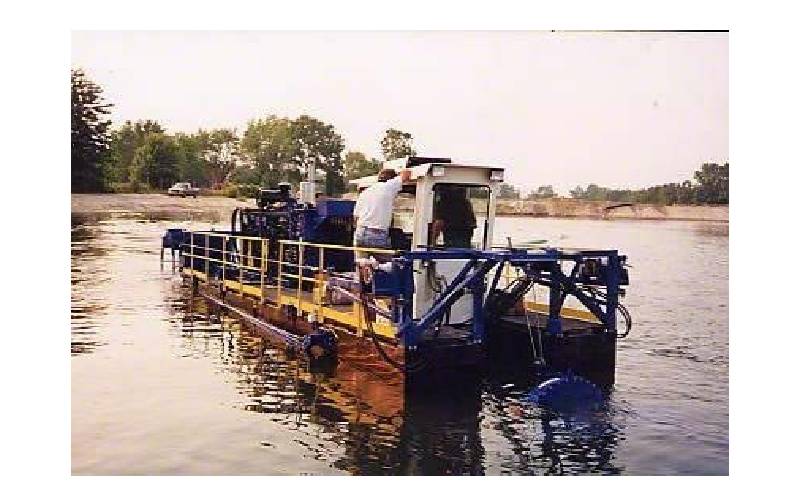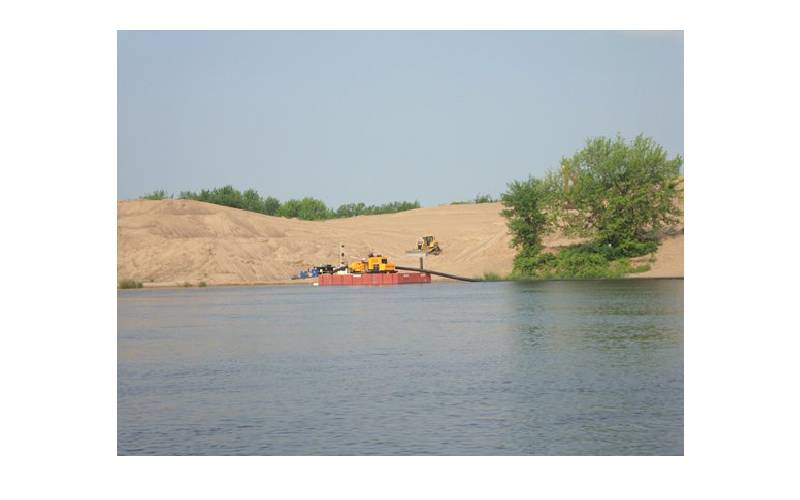
Lakes serve as prime locations for water sports and tourism, attracting visitors who enjoy boating, fishing, swimming, and other recreational activities. However, sediment buildup over time can reduce water depth, compromise water quality, and hinder these activities. A well-planned lake dredge project helps maintain the health and usability of lakes, ensuring they remain vibrant tourist destinations and functional recreational hubs. This article explores how lake dredging supports water sports and tourism by improving water quality, enhancing navigability, promoting safety, and fostering economic growth.
Understanding The Need For Lake Dredging
Over time, lakes accumulate sediment, debris, and organic matter, leading to a range of environmental and recreational challenges. Some common issues that necessitate a lake dredge project include:
- Shallow Water Depth: Excess sediment reduces water depth, making it difficult for boats, jet skis, and other watercraft to navigate.
- Poor Water Quality: Accumulated organic matter can lead to excessive algae growth, low oxygen levels, and unpleasant odors.
- Increased Flooding Risks: Sedimentation can obstruct water flow, increasing the risk of flooding during heavy rainfall.
- Decline in Aquatic Life: Polluted and shallow waters negatively impact fish populations and other aquatic species, reducing fishing opportunities.
Regular dredging is essential for addressing these issues and ensuring that lakes remain ideal for tourism and water sports.

How Lake Dredging Enhances Water Sports?
Water sports enthusiasts rely on well-maintained lakes for an optimal experience. Lake dredging plays a crucial role in improving conditions for various activities, including:
Boating and Jet Skiing
A lake dredge project removes sediment buildup, restoring sufficient depth for boats and jet skis to operate safely. Deeper water levels prevent propellers from hitting the lakebed and reduce the risk of grounding, making the experience smoother for enthusiasts and tourists alike.
Kayaking and Canoeing
Shallow and murky waters can hinder paddling activities. Dredging helps clear excessive vegetation and sediment, creating open and navigable channels that enhance the kayaking and canoeing experience.
Swimming and Recreational Activities
Lakes with excessive sedimentation often develop murky waters and unpleasant odors, deterring swimmers. A properly dredged lake has improved water clarity, making it more inviting for swimming, snorkeling, and other water-based activities.
Fishing and Marine Life Support
A healthy fish population is essential for sport fishing and eco-tourism. Dredging helps remove pollutants, restore oxygen levels, and create better habitats for fish and other aquatic species, ensuring a sustainable environment for anglers and fishing enthusiasts.
The Impact Of Lake Dredging On Tourism
Lakes serve as economic drivers for many communities, with tourism playing a significant role in local economies. Lake dredging supports tourism by:
Attracting More Visitors
A well-maintained lake with clear waters and ample depth attracts tourists looking for premium water sports experiences. Resorts, tour operators, and recreational centers benefit from increased visitor numbers.
Enhancing Property Values
Waterfront properties near well-dredged lakes often see an increase in value due to improved aesthetics, better recreational opportunities, and higher demand for vacation rentals.
Supporting Local Businesses
Tourism-related businesses, including boat rentals, fishing charters, and hotels, thrive when lakes are well-maintained. Dredging ensures these businesses remain operational year-round, boosting the local economy.
Reducing Algae Blooms and Odors
Unmaintained lakes with excessive sediment often suffer from algae blooms, which can lead to foul smells and unattractive greenish waters. Dredging removes nutrient-rich sediment that fuels algae growth, improving the lake’s appeal to visitors.
Environmental Benefits Of Lake Dredging
In addition to its positive impact on tourism and water sports, lake dredging provides several environmental advantages:
Restoring Aquatic Ecosystems
By removing toxic sediments and pollutants, dredging helps revitalize aquatic ecosystems, creating a healthier environment for fish, amphibians, and plant life.
Preventing Eutrophication
Eutrophication occurs when lakes become overly enriched with nutrients, leading to excessive algae growth and oxygen depletion. A lake dredge project helps balance nutrient levels, preventing harmful ecological effects.
Reducing Invasive Plant Growth
Excessive sedimentation creates shallow areas where invasive aquatic plants thrive, choking out native species and disrupting recreational activities. Dredging removes these problem areas, restoring the natural balance of the lake’s ecosystem.
Cost-Effective Strategies For Lake Dredging
While dredging is beneficial, it can also be costly. Small communities and lake management organizations can use cost-effective approaches to ensure successful dredging projects:
Phased Dredging
Instead of dredging the entire lake at once, breaking the project into phases helps distribute costs over multiple years, making it more financially feasible.
Seeking Grants and Funding
Local governments, environmental organizations, and tourism boards often provide funding assistance for lake dredging projects that promote ecological sustainability and tourism growth.
Utilizing Recycled Sediment
Dredged material can be repurposed for shoreline restoration, agricultural use, or construction projects, reducing disposal costs and environmental impact.
Public-Private Partnerships
Collaborating with local businesses, boating clubs, and environmental groups can help pool resources and share the financial burden of dredging projects.
Conclusion
Lake dredging is essential for maintaining water sports activities and boosting tourism. By improving water quality, restoring depth, and supporting aquatic ecosystems, dredging ensures that lakes remain valuable assets for both recreation and economic development. Proper planning and cost-effective strategies can help communities undertake lake dredge projects that maximize benefits while minimizing expenses.
For lakes to continue serving as prime locations for water-based activities, regular maintenance and dredging should be a priority. Investing in dredging not only enhances the recreational experience but also secures long-term sustainability for tourism and local economies.